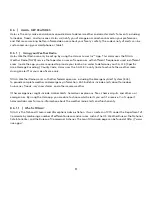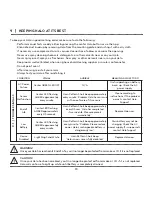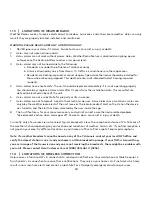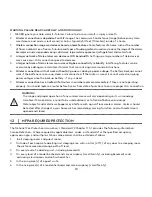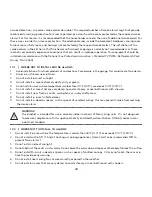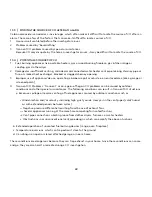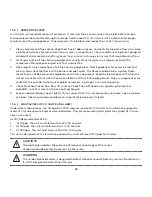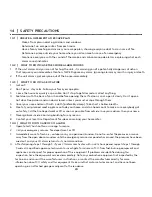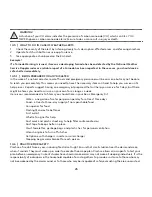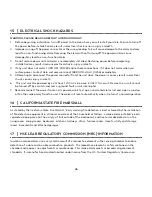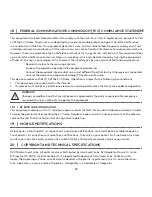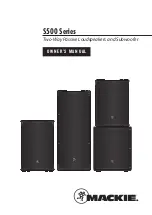
13 | WHAT YOU NEED TO KNOW ABOUT CARBON MONOXIDE (CO)
13.1 | WHAT IS CO?
CO is an invisible, odorless, tasteless gas produced when fossil fuels do not burn completely, or are exposed to
heat (usually fire).
These fuels include: wood, coal, charcoal, oil, natural gas, gasoline, kerosene, and propane.
Common appliances are often sources of CO. If they are not properly maintained, are improperly ventilated, or
malfunction, CO levels can rise quickly. CO is a real danger in homes that are more energy efficient. “Air-tight”
homes with added insulation, sealed windows, and other weatherproofing can “trap” CO inside. Electrical
appliances typically do not produce CO.
Note: Individuals with medical problems may consider using warning devices that provide audible and visual
signals for carbon monoxide concentrations under 30ppm.
13.2 | SYMPTOMS OF CO POISONING
These symptoms are related to CO POISONING and should be discussed with ALL household members.
•
Mild Exposure
: Slight headache, nausea, vomiting, fatigue (“flu-like” symptoms).
•
Medium Exposure
: Throbbing headache, drowsiness, confusion, fast heart rate.
•
Extreme Exposure
: Convulsions, unconsciousness, heart and lung failure. Exposure to carbon
monoxide can cause brain damage, and/or death.
Many cases of reported CARBON MONOXIDE POISONING indicate that while victims are aware they are not
well, they become so disoriented they are unable to save themselves by either exiting the building or calling for
assistance. Young children and household pets are typically the first affected.
12.3 | WHERE NOT TO INSTALL WEATHER RADIO (HALO+)
1. Do not install near kitchen.
2. Avoid installing near electrical/electronic devices.
3. Avoid installing near metal objects as it could interfere with the radio reception.
21
CAUTION!
Weather Radio station quality may vary around your home.
Double check stations quality after installing on ceiling or wall.
WARNING!
Some individuals are more sensitive to CO than others. People with cardiac or respiratory problems,
infants, unborn babies, pregnant mothers, or elderly people can be more quickly and severely
affected by CO. Individuals with medical problems should consider using detection devices with lower
COhB alarming capabilities. Members of sensitive populations should consult their doctors for advice
on taking additional precautions.





